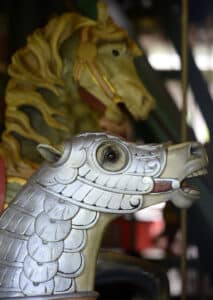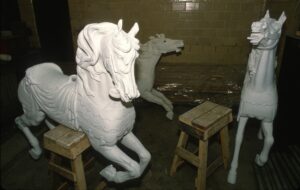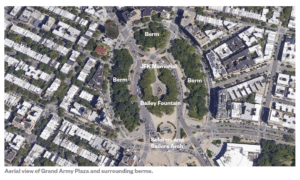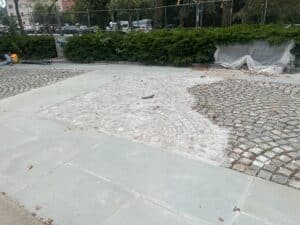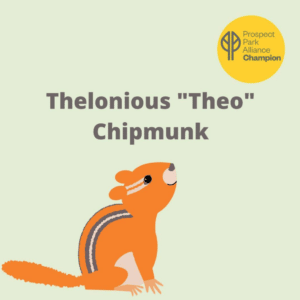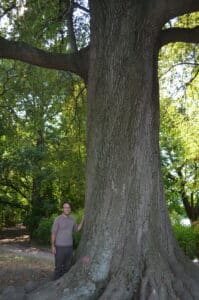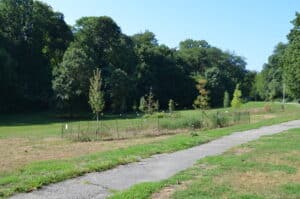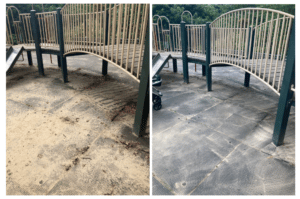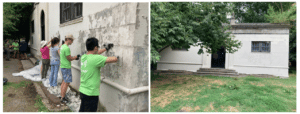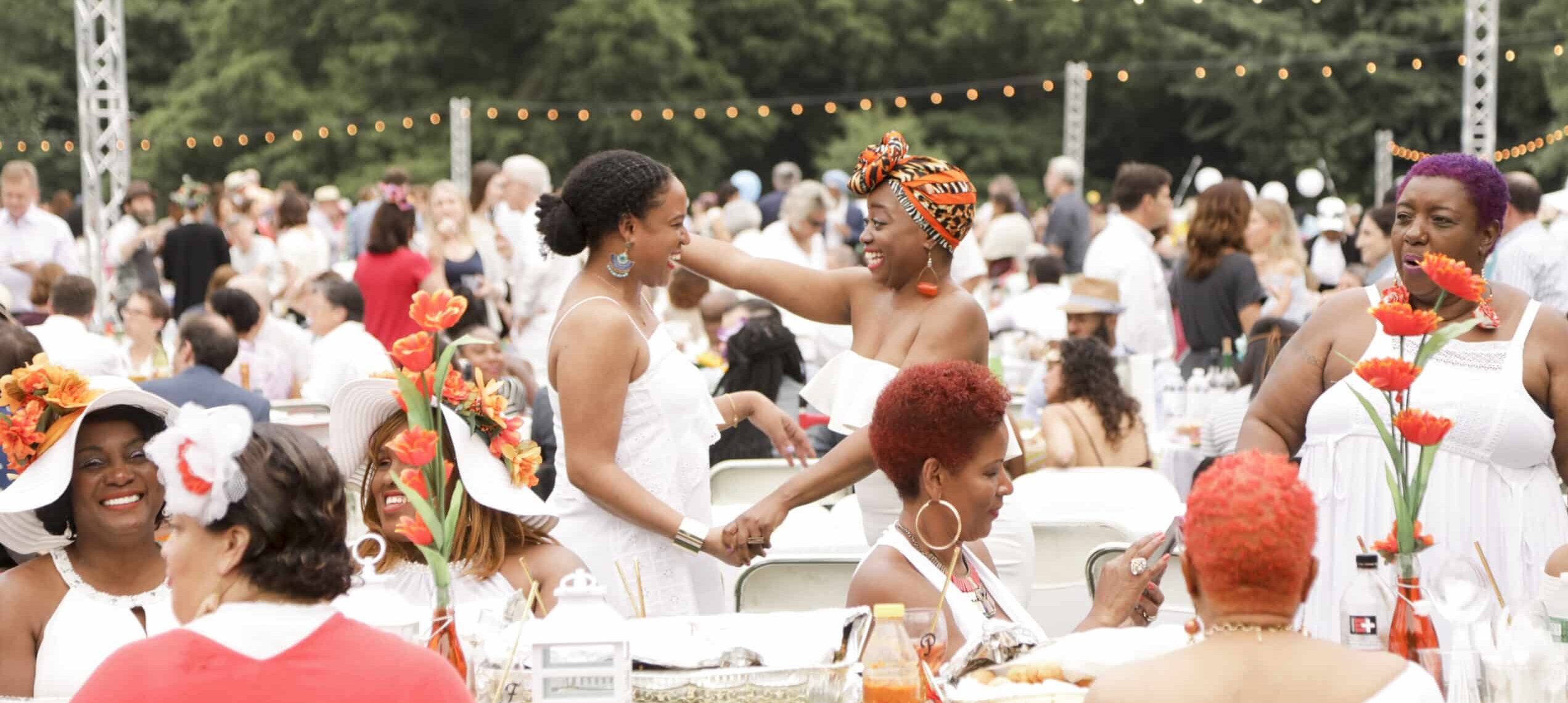Indigenous Peoples’ Day: Poetry Reading + Anthology Launch
September 30, 2022
This October, in celebration of Indigenous Peoples’ Day, join Prospect Park Alliance for a range of events that celebrate the land, our natural environment, and community. This includes a poetry reading and anthology launch presented as part of Prospect Park Alliance’s ReImagine Lefferts initiative to re-envision the mission and programming at the Lefferts Historic House Museum. The reinterpretation of the historic structure, an 18th-century Dutch-American farmhouse, will recognize its role as a site of slavery and will tell the stories of the enslaved Africans who lived and worked on the Lefferts farm and surrounding areas, and the Indigenous people of the Lenapehoking, whose unceded ancestral lands the farm and park rests upon. By centering the narratives on those that are underrepresented in the telling of American history, the Alliance hopes that the museum will become even more reflective of and connected with the Brooklyn community and that it will provide opportunities for civic engagement and open dialogues about contemporary issues.
Lenapehoking Anthology Launch
With Joe Baker, Hadrien Coumans & Curtis Zuniga
Thursday, October 13 – 7:00 pm – 8:30 pm
Prospect Park Boathouse
On Thursday, October 13, In partnership with Prospect Park Alliance and the Lenape Center, Brooklyn Public Library celebrates the release of the Lenapehoking Anthology, coming out of its spring 2022 Lenapehoking exhibition, with historical essays, interviews, poems and paintings by leading Lenape and other Indigenous scholars, writers and friends, poets, linguists, composers & artists. Contributors to the anthology will read from their work al fresco in this iconic New York City park. Elegantly printed by Ugly Duckling Presse and BPL Presents, the Anthology will be available to attendees to take home. The Lenapehoking Anthology has been generously supported by the Accomplis Collective. Learn more about featured artists Joe Barker, Hadrien Coumans + Curtis Zuniga.
![]()
Writing the Land: Poetry Reading and Book Signing
Sunday, October 16 – 12:00 pm – 5:00 pm
Prospect Park Boathouse
Prospect Park Alliance partnered with Writing the Land, which connects poets with land set aside for people and nature, to commission three poets to produce work about Prospect Park and share their work with the Brooklyn community: Black poet Rachelle Parker and Native American poets Michaeline Picaro and Opalanietet.
Poetry readings will be held inside of the Boathouse as well as in natural areas nearby. Poets who have written for the park and others who wrote for protected lands across the country will be featured in the anthology being celebrated at this event. Readings will include poets from across the country who will read, discuss, and sign books. Join us as we host Writing the Land and local poets and explore relationships among the communities and lands of Prospect Park, the arts and the environment as a whole.
Indigenous People’s Day School Holiday in Prospect Park
Monday, October 10 – 12:00 pm – 5:00 pm
Prospect Park Boathouse
Enjoy family friendly programming in Prospect Park on the Public School Holiday on Indigenous People’s Day. Celebrate nature and expand your knowledge of the natural world around us.
Nature Exploration, 12–4 pm
Nature Around Us: 12–3 pm: Enjoy different seasonal discovery stations and nature-themed activities that will introduce you to the plants, insects and animals that call the park home. The Lake and Lullwater are home to many plants and animals. Help us to test the water quality and investigate pond samples that are filled with living organisms.
Animal Encounter: 2–3 pm: Join Alliance Naturalists in learning more about the animals in the Audubon Center’s collection. This program starts promptly at 2 pm.
Family Bird Walk: 3–4 pm: Prospect Park is a stopping point for hundreds of bird species each year! Join us as we search for these amazing creatures and other nature around the park. Binoculars and bird guides are provided. This program departs from the Audubon Center promptly at 3 pm.
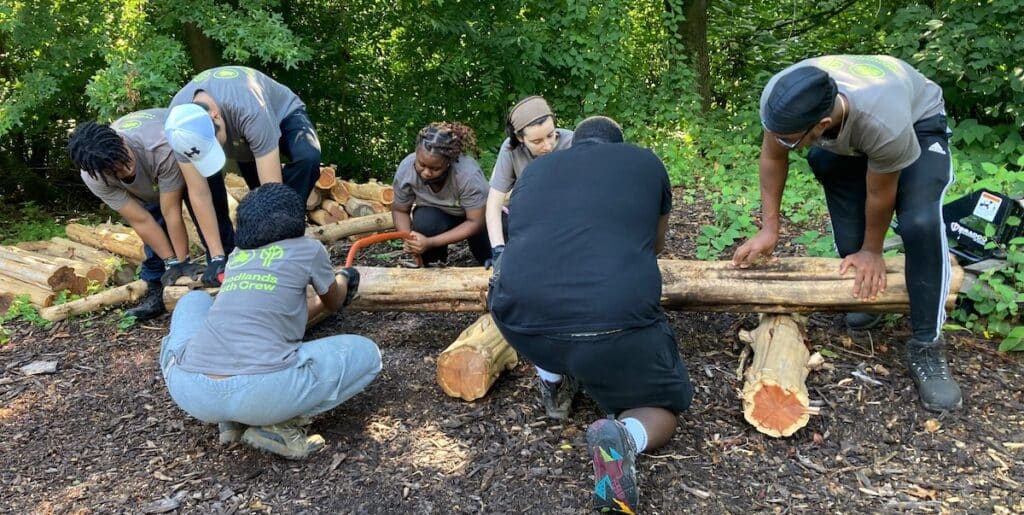


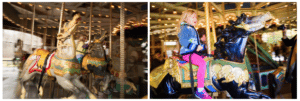 c. Virginia Freire and Jordan Rathkopf
c. Virginia Freire and Jordan Rathkopf